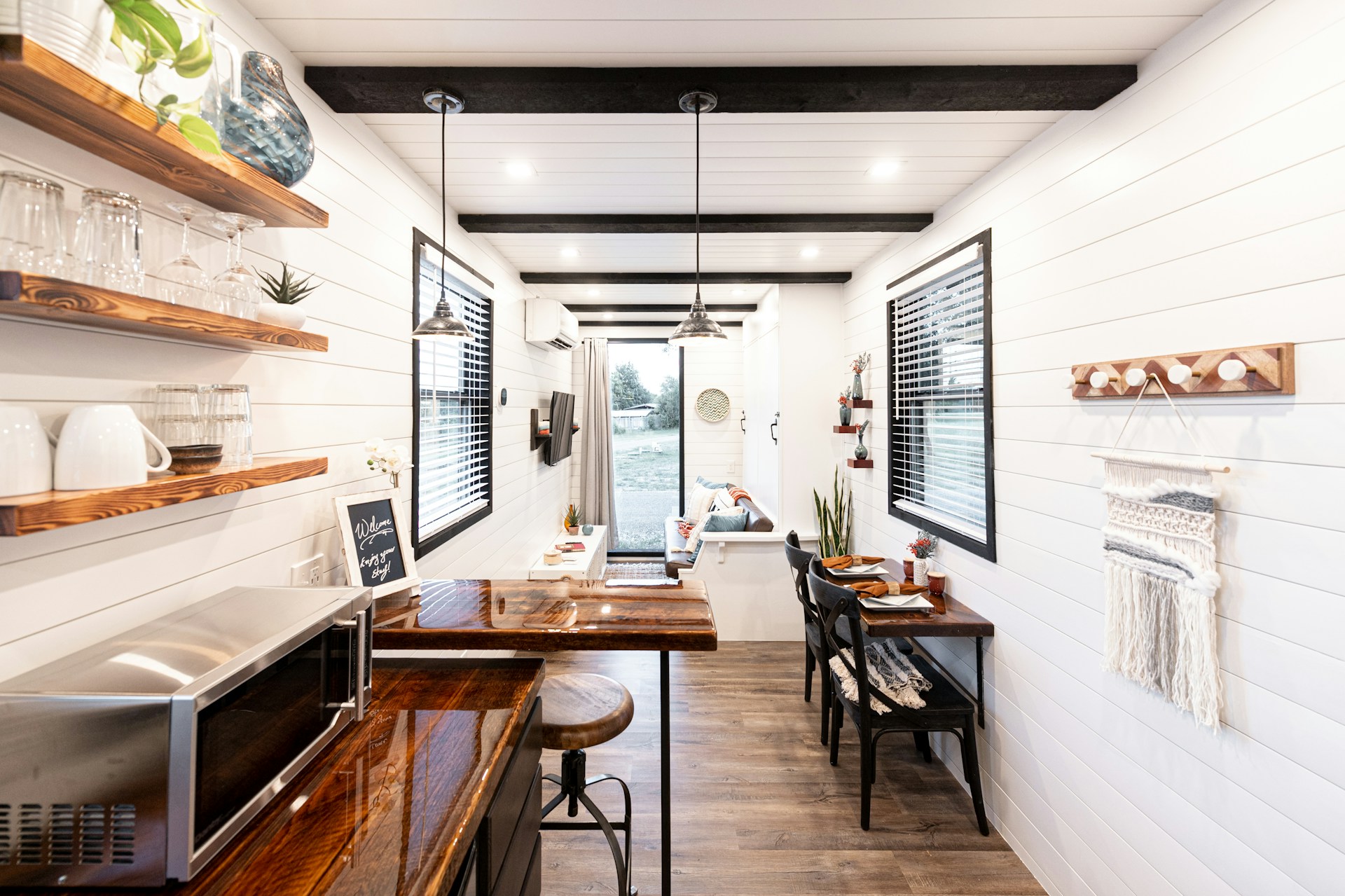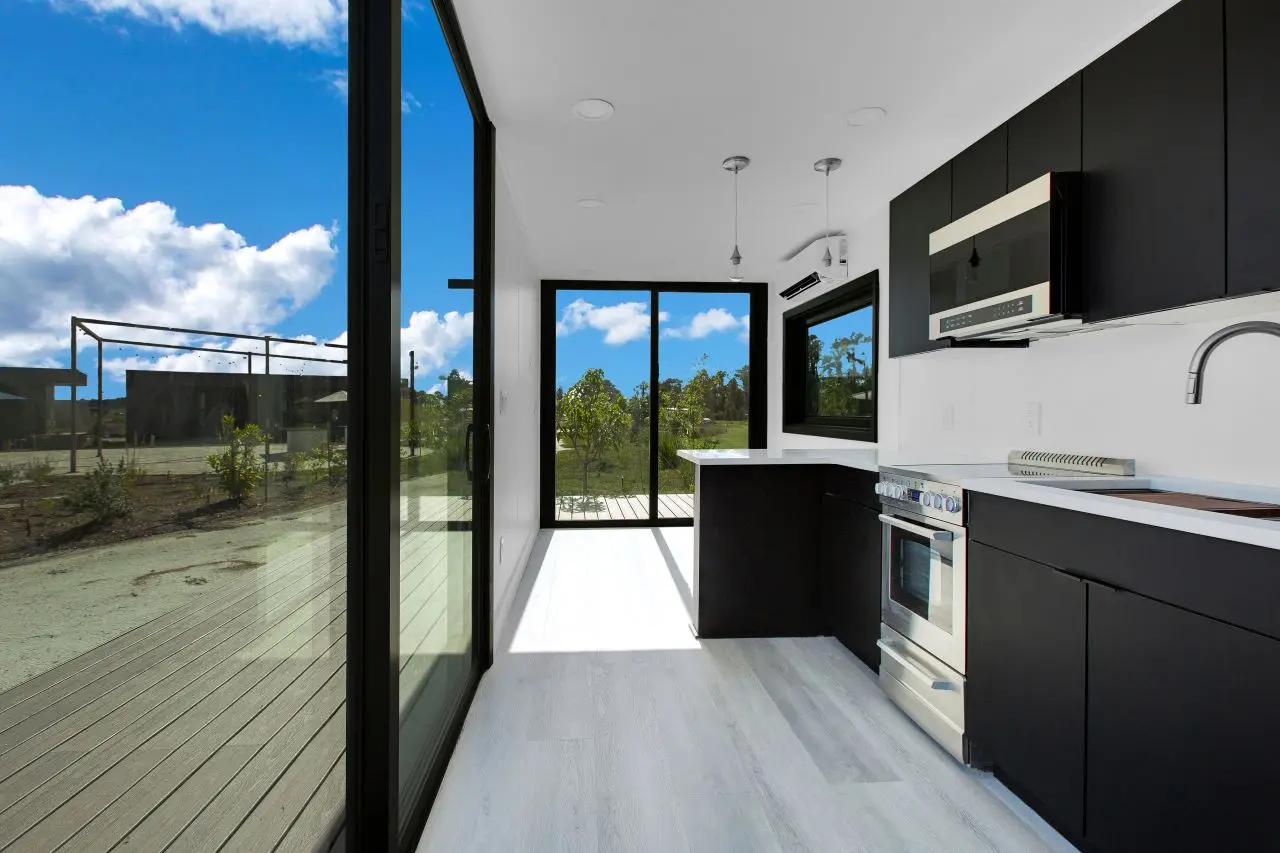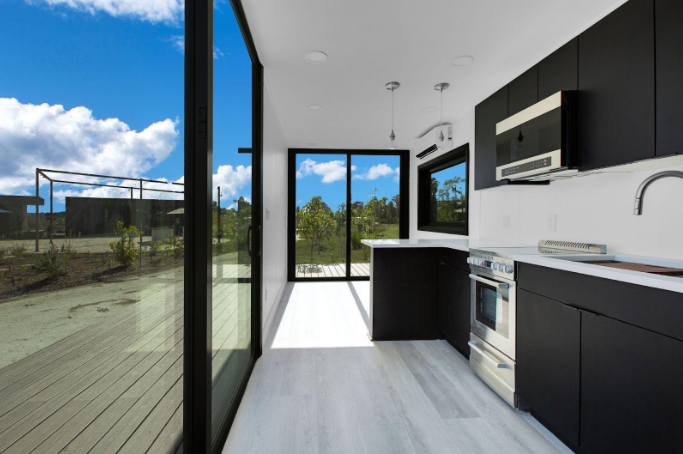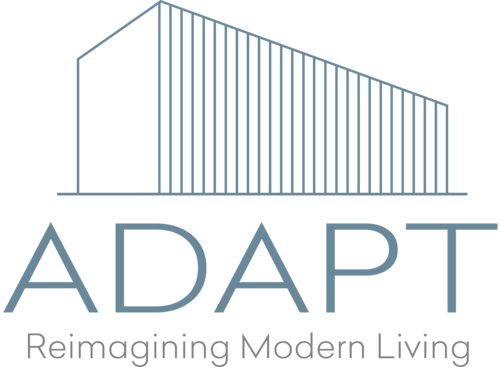Lumber and steel are two common construction materials. Steel is widely used in many structural components, including studs, foundations, building frames, reinforced concrete, and more. Lumber is versatile and may serve these functions and other products such as flooring, paneling, trimming, and framing. However, steel has several benefits that lumber doesn’t; therefore, it’s the preferred option for construction.
Strength and Weight

The materials utilized to construct a structure make it strong. Knowing the difference between wood and steel is critical for the structure’s safety, security, and lifespan because of the very different ways the two materials behave. The isotropic qualities of steel, a man-made material, indicate that its strength is constant over its surface.
Alternatively, lumber’s anisotropy means its density changes with and across the grain. This is why steel is usually much more sturdy than wood and has the greatest strength-to-weight ratio of any modern construction material.
Minimal Creaking
When compared to the two, steel is noticeably stiffer than wood. There is less movement in buildings with metal frames because steel does not twist, warp, shrink, or buckle like wood. Thanks to computer-aided design (CAD), steel buildings have become more flexible, even if wood has a more pliable composition. In addition, CAD enables a lot of the work to be done off-site, simplifying assembly on-site.
Durable

Steel is more long-lasting than wood because it has superior qualities and a much greater yield strength. Based on the frequency of maintenance, steel constructions have the potential to last for many decades. Wood may also last for a long time, although it loses much of its resilience during processing.
Coatings made of various materials may increase the longevity of both steel and wood. Galvanizing is a common process for steel, which involves coating steel items with zinc to make them more resistant to corrosion and oxidation. In contrast to wood, which requires staining processes every two to three years, galvanization is a one-time operation for steel. Although this material may remain undisturbed for decades, it will have a shorter lifetime after being processed into decks and maintained by pressure treatment.
Termite-proof Steel
Lumber buildings and constructions may be plagued by these bugs that devour wood. Because termites cannot digest steel, avoiding dealing with these insects and the harm they may do by simply selecting steel is preferable.
Moisture Protection
Both materials are vulnerable to moisture damage if not protected, yet steel’s composition determines how much damage it can withstand. When exposed to water, the majority of steel grades maintain their integrity. Because steel does not absorb water, it may be used in damp or dry environments.
Lumber, in contrast to steel, has a high porosity. The fibers may deteriorate and decay if water is allowed to get into them untreated. Another issue is that the material might distort its look due to its inclination to expand in humid environments.
Resistance to Fire

Steel’s fire resistance is an additional great advantage over wood. Not only is steel not flammable, but it also maintains its form at far greater temperatures than wood, significantly decreasing the likelihood of fire and disaster. While heat may easily radiate from steel roofing, making it a great insulator, it also helps keep homes cooler in warmer climates.
Recyclable
Recyclability is a feature of steel that is often disregarded. Most structural steel structures are constructed using steel that can be recycled. Also, harmful chemicals are unnecessary for treating steel since they are impervious to pests and threats.
Choose Steel over Lumber with ADAPT
Innovative housing options are at your fingertips with ADAPT. Our forte is building eco-friendly, inexpensive, and livable houses out of repurposed steel shipping containers. Our primary goal is to incorporate a contemporary design into energy-efficient dwellings. Low entry prices and simplified financing alternatives are two ways we help more people become homeowners. Our rapid assembly line building method allows us to meet temporary housing needs or distribute housing solutions to different construction sites quickly.
The goal of ADAPT in creating innovative, affordable, and environmentally friendly dwellings is to shake up the housing market. The clever reuse of steel shipping containers allows us to provide residents with a modern, energy-efficient home. We aim to make homeownership more accessible by reducing entry fees and making financing options easier to understand and use.
Visit our website to learn more.
